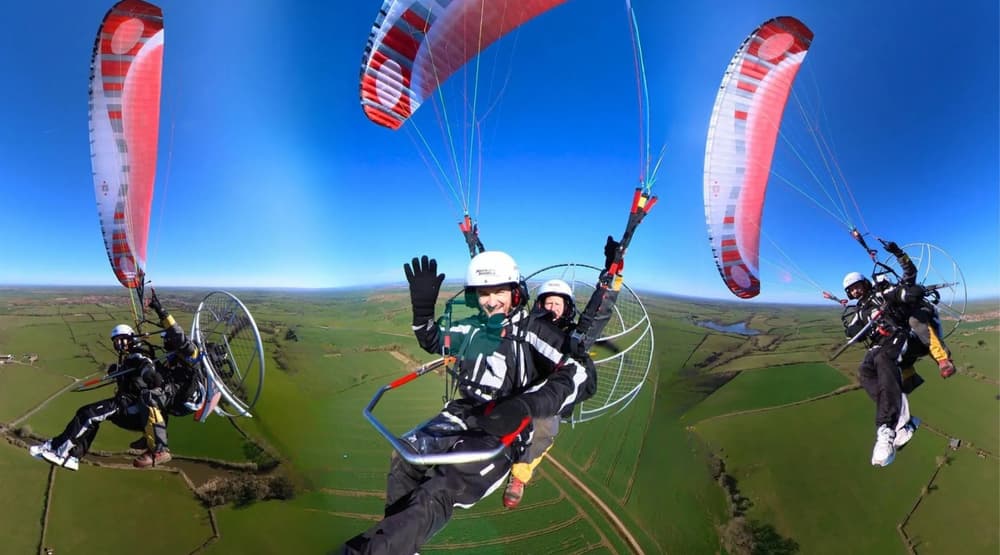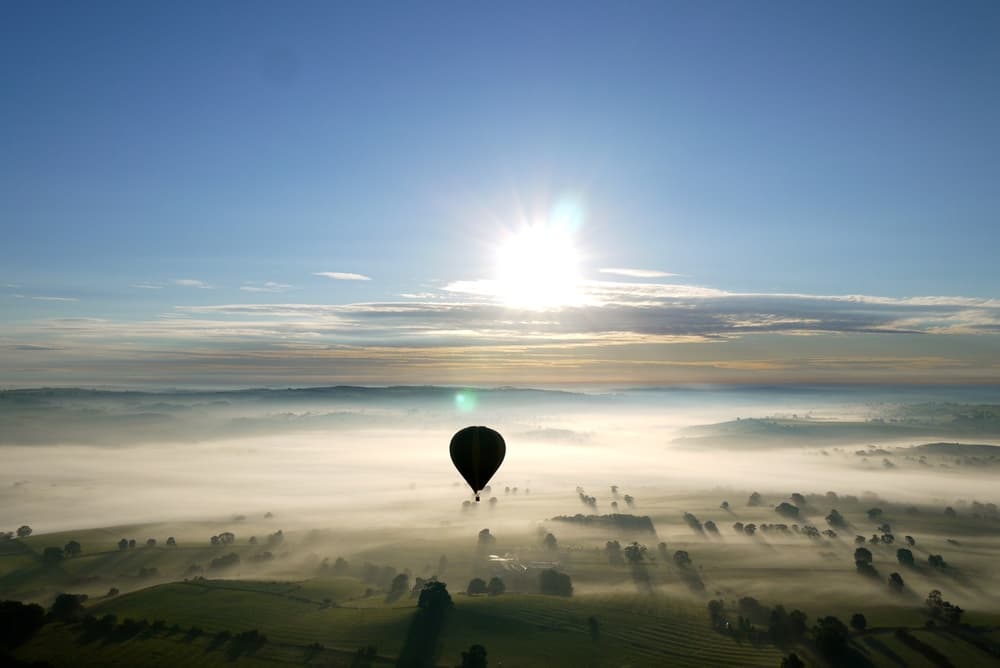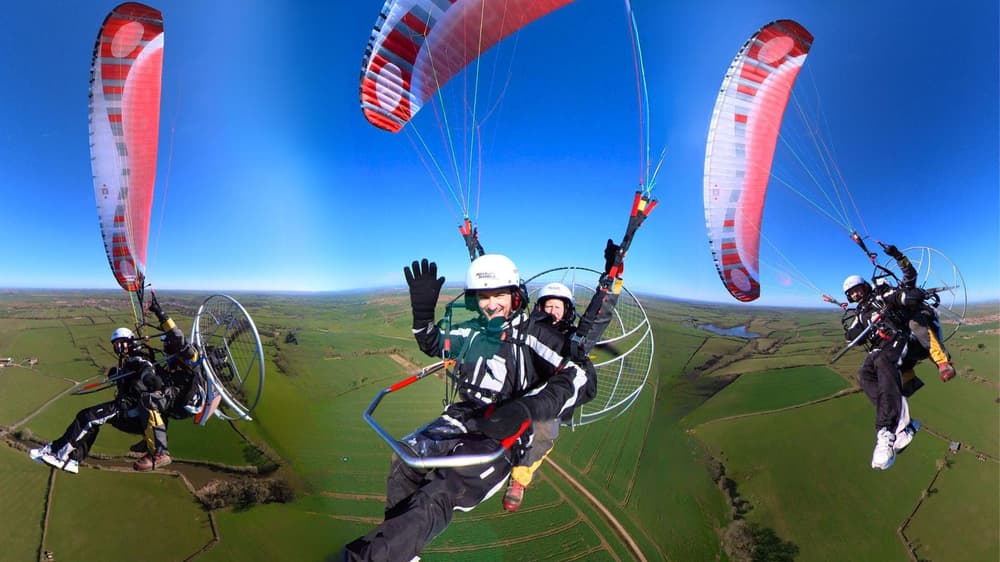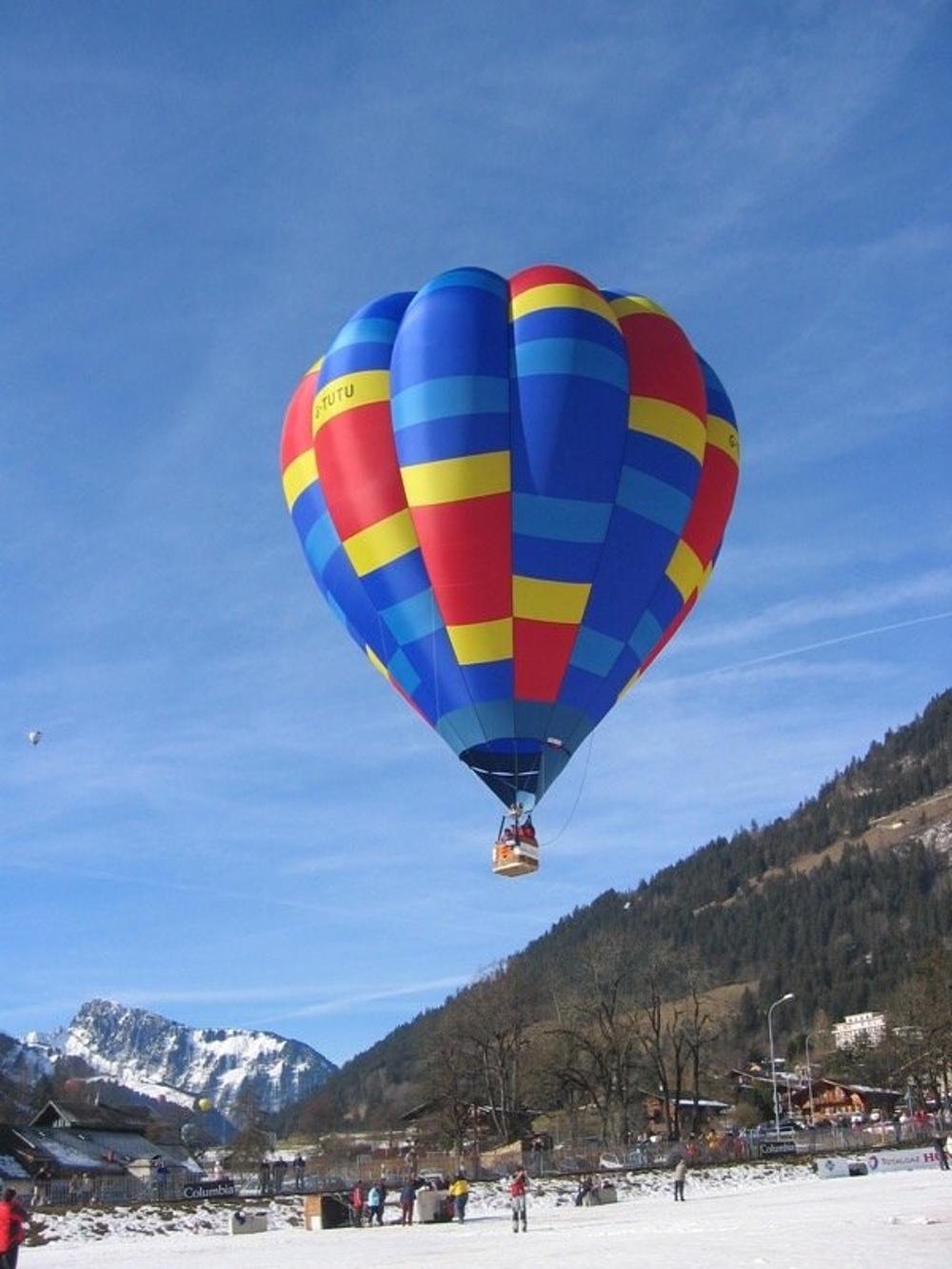
The Thrill of Flying Experiences & the Joy of Paramotoring
There’s something undeniably magical about defying gravity. Flying experiences capture any childhood dream of soaring through the skies, offering a mix of freedom, adrenaline,...

Hot air balloon trips are exhilarating experiences, but they require specific weather conditions to ensure the safety and enjoyment of passengers. These conditions include a lack of rain, light winds, and excellent visibility. Typically associated with high-pressure weather systems, these conditions are more prevalent during summer in the British Isles, making it the prime flying season for hot air balloons, usually spanning from March to October.
The Flying Season and Weather Variability
Determining the best months for a hot air balloon trip is tricky due to changing weather patterns over the years. Historically, pilots favoured July to September for ideal flying conditions. However, recent years have seen better weather in April or even October, challenging traditional seasonal expectations. Summer months have experienced shorter-lived high-pressure systems, resulting in more frequent rainy, stormy days and strong winds, unsuitable for balloon rides.
Visibility Matters
A crucial aspect of a balloon trip is visibility. Clear views of the landscape from above enhance the experience significantly. However, after prolonged high-pressure conditions, visibility can diminish due to atmospheric pollution particles hanging in the air, creating a hazy view. Moist and cool autumn or spring conditions may lead to mist or low cloud formations, particularly in the mornings, although a bit of mist can add magic to the journey and usually dissipates with the sun's warmth.

Challenges of Rainy Conditions
Rain poses challenges for safe balloon trips as it cools the hot air inside the balloon, causing it to descend rapidly. Balloon pilots must counteract this heat loss by firing the burners, maintaining flight altitude. However, heavy rain can saturate the balloon's fabric, making it challenging to control and fly safely.
Navigating Showers and Evening Conditions
Summer showers often diminish as temperatures drop in the evening, offering potential flight opportunities later in the day. Balloon pilots may keep passengers on standby, anticipating improving conditions. However, patience is essential. Waiting for ideal weather ensures a safe and unforgettable balloon ride experience.
Conclusion
While suitable weather for balloon trips can occur throughout the flying season, patience and flexibility are key. Pilots and passengers alike must wait for the right conditions to guarantee safety and create lasting memories during their balloon adventure.

There’s something undeniably magical about defying gravity. Flying experiences capture any childhood dream of soaring through the skies, offering a mix of freedom, adrenaline,...

When it comes to selecting presents, the usual suspects often include gadgets, perfumes, or jewellery. However, if you're looking for something out of the ordinary to truly ca...
We are the provider with the most locations
Get your vouchers within minutes
Award winning support team


